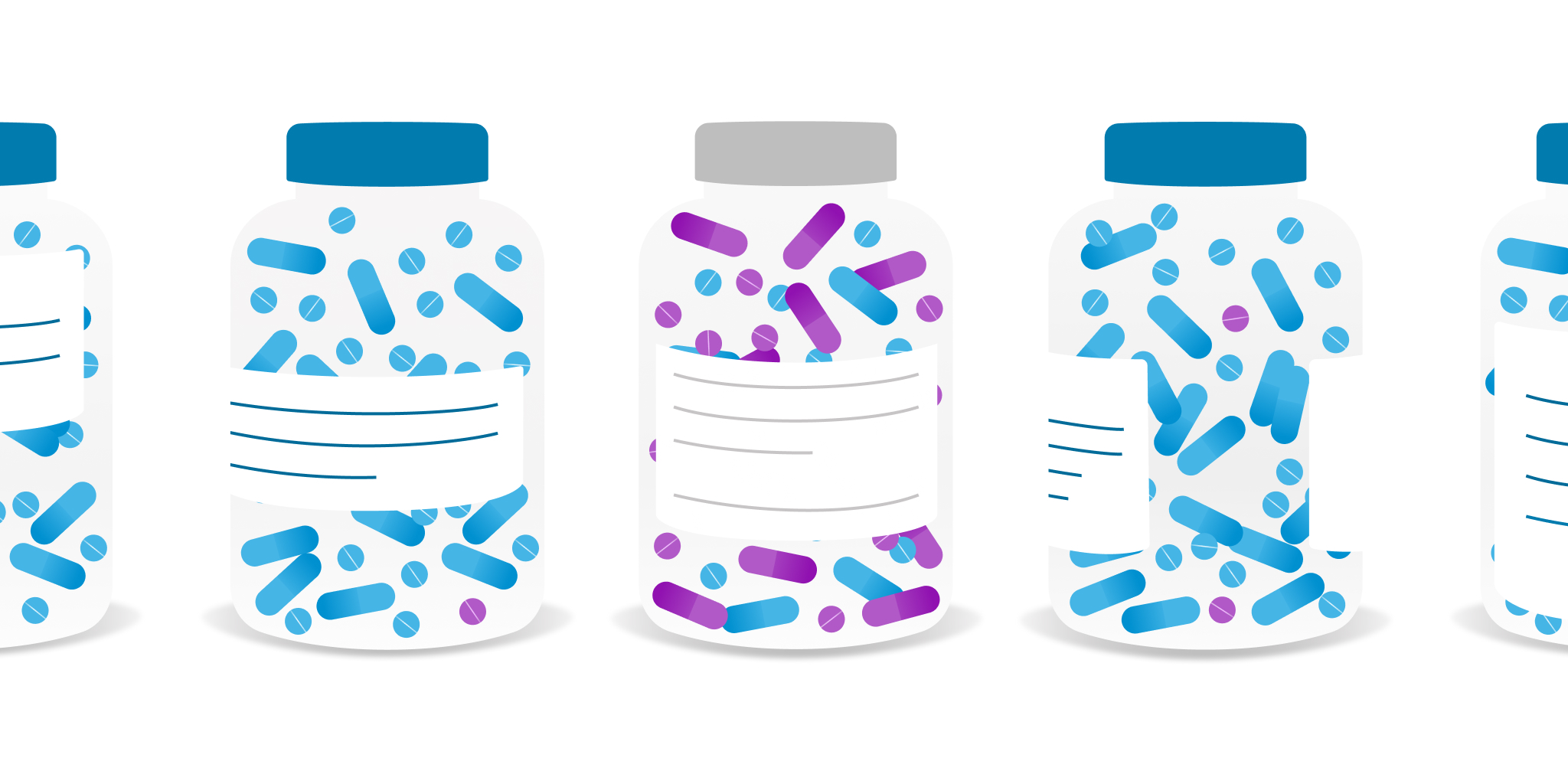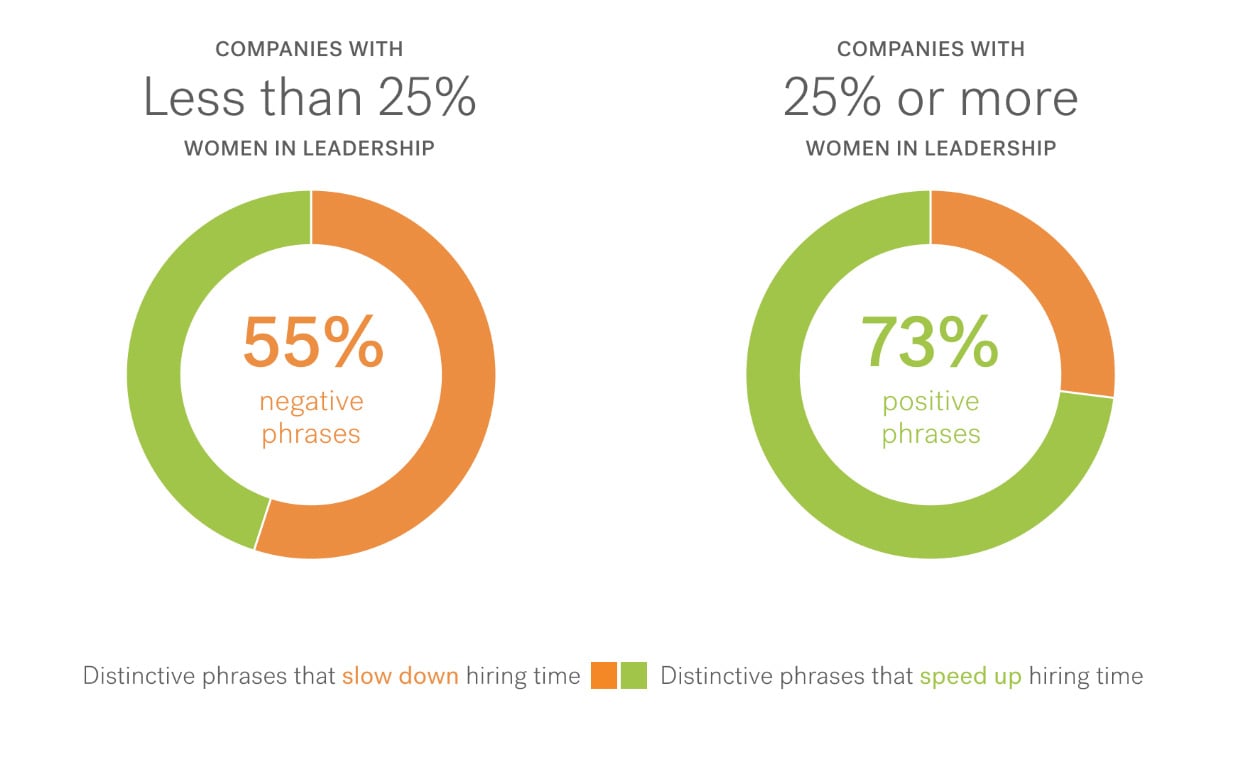Gender equity means faster hiring

It’s been nearly five years since McKinsey & Company released their long-term research study titled “Why Diversity Matters,” delivering clear evidence that more diverse companies tend to perform better financially. Now we have data that may point to one of the reasons why: companies with more women in leadership positions are capable of hiring significantly more qualified people faster than the more male-dominated companies in the same industry.

Textio analyzed language from 34,734 public job posts that companies in the pharmaceutical industry posted in 2019, and discovered a huge advantage in the usage of statistically effective, values-aligned hiring language for companies where at least 25% of leadership roles are held by women.

In 2018, the biopharma industry began to map out a path to equity by trying to push companies to boost the number of women in leadership positions from the industry average of 25% to 50% by 2025. But few pharmaceutical companies have made progress toward those kinds of goals. Eli Lilly, one of the industry’s largest institutions, moved well ahead of the curve in 2019: 44% of people in management and 38% of people who report directly to the CEO identify as women. They also achieved full gender parity across unit presidents in their pharmaceutical businesses. Still, the average share of women in positions of leadership across the pharmaceutical as a whole industry remains below 25%.

Companies like Eli Lilly with a higher share of women in leadership have rolled out strategic toolkits to address diversity in their workplaces holistically, beginning with the language they use to differentiate themselves from their competitors. They use uniquely positive language—the kind that statistically speeds up hiring and attracts more qualified candidates— at a rate almost three times more than negative language appearing in their job ads. By comparison, their more male-dominated counterparts in the industry use negatively performing language 20% more often than they use positive language.

For example, pharmaceutical companies with more women in leadership use key phrases like “make a difference” 30 times more than other companies in the industry, and they use “inclusive environment” almost 75 times as often. The phrase “make life better” is completely unique to this group of more progressive companies; there is no comparable language used by companies with more men in leadership.